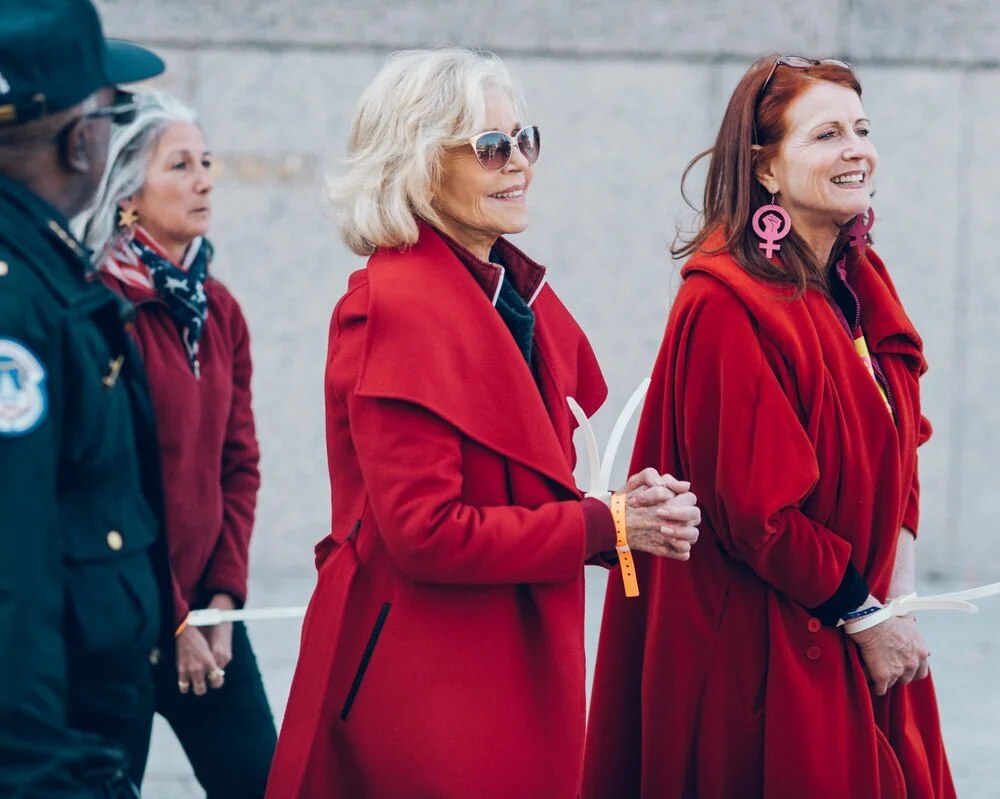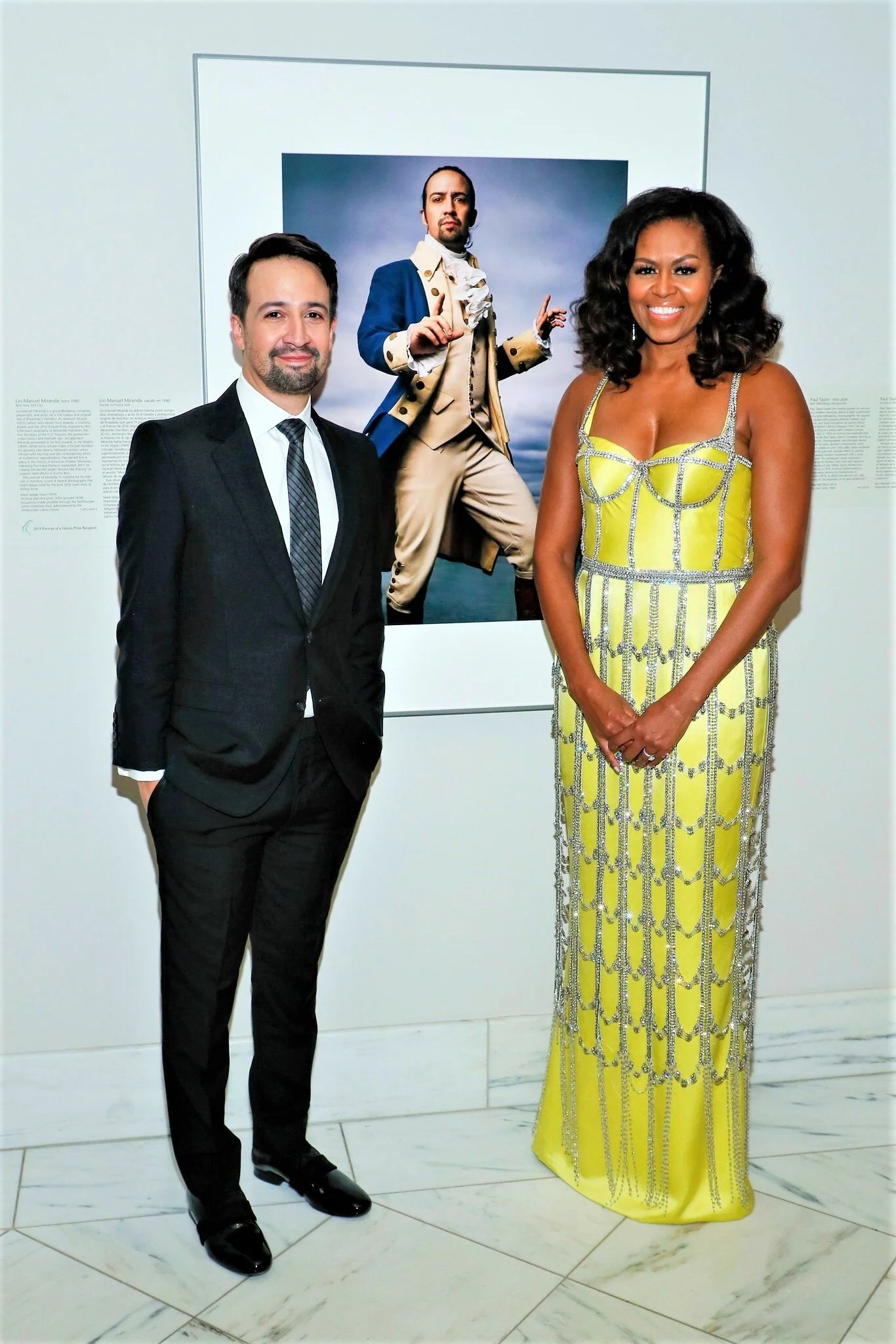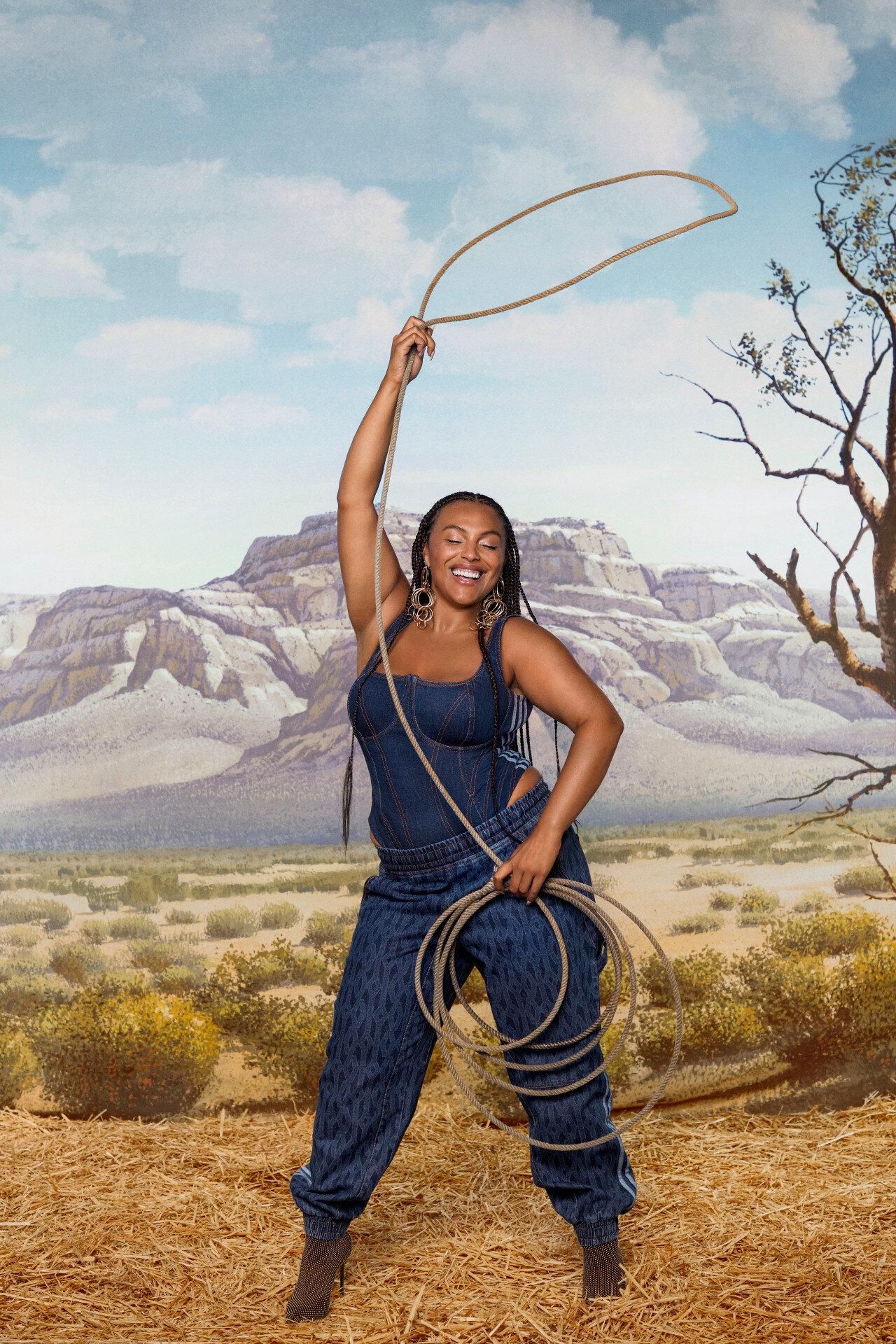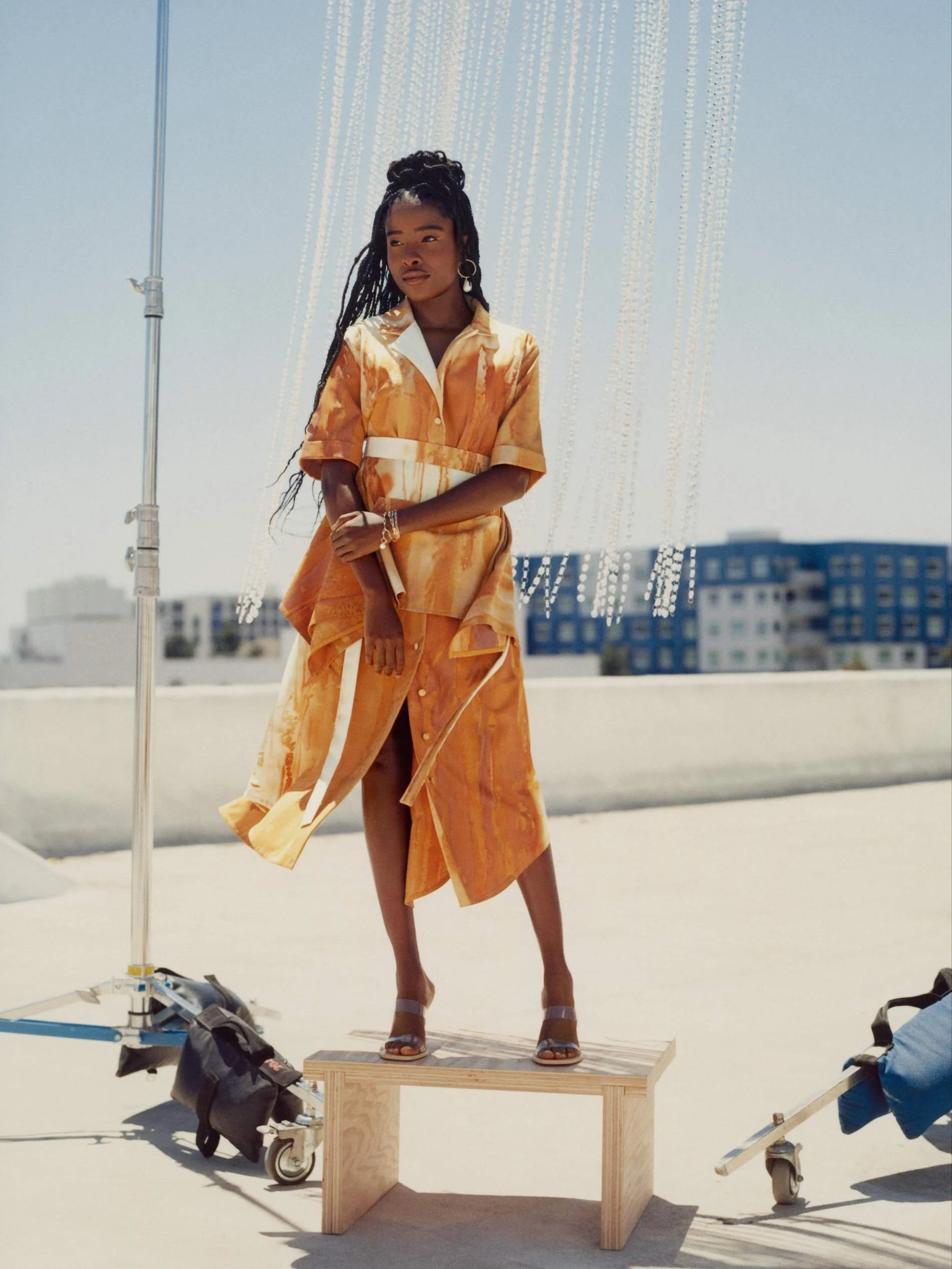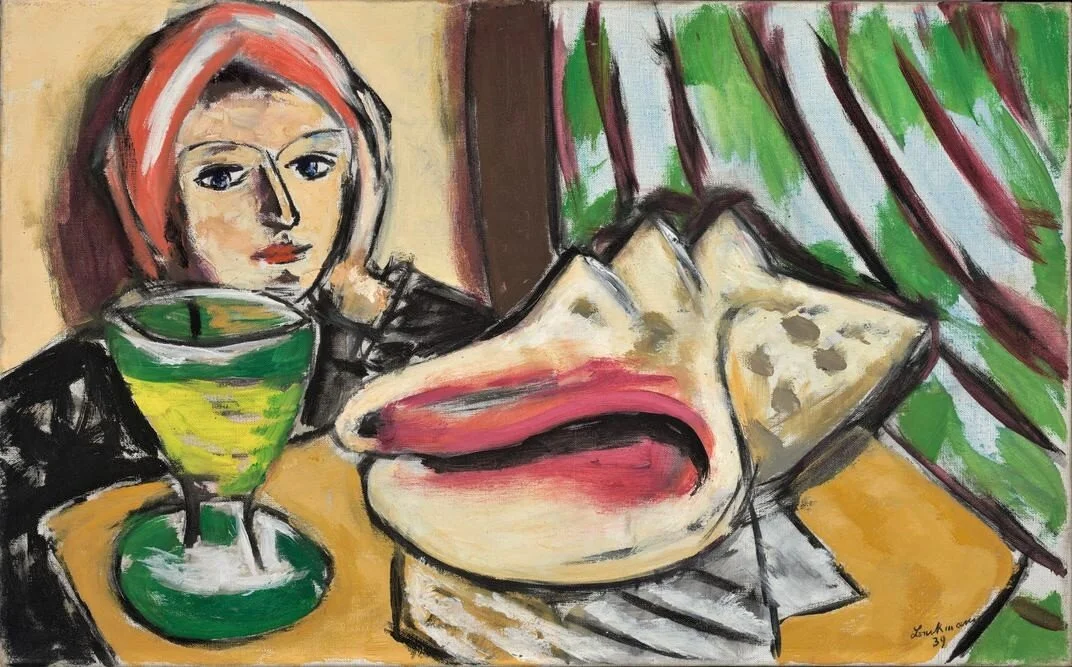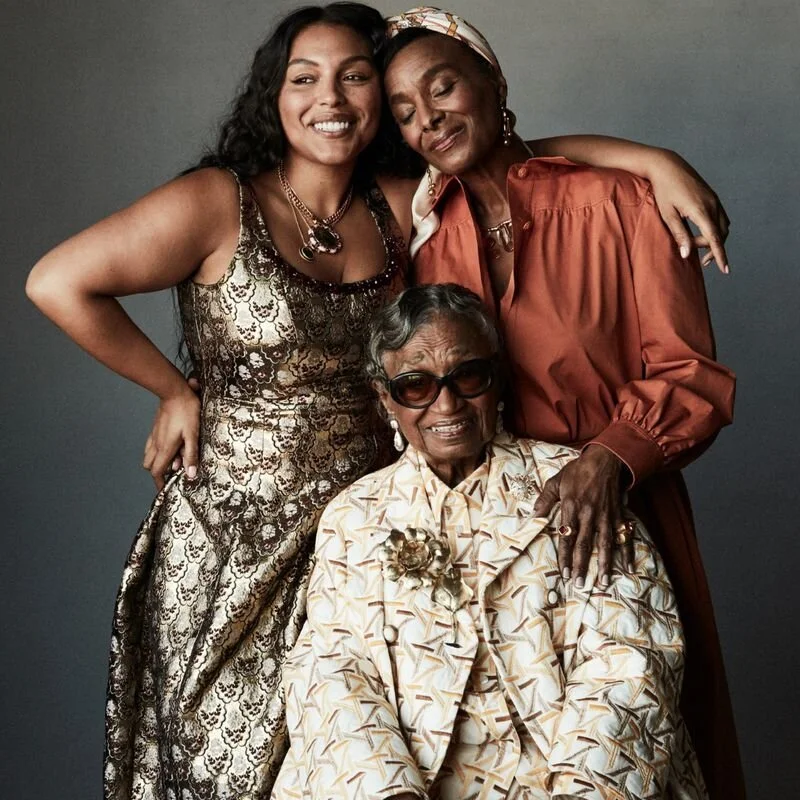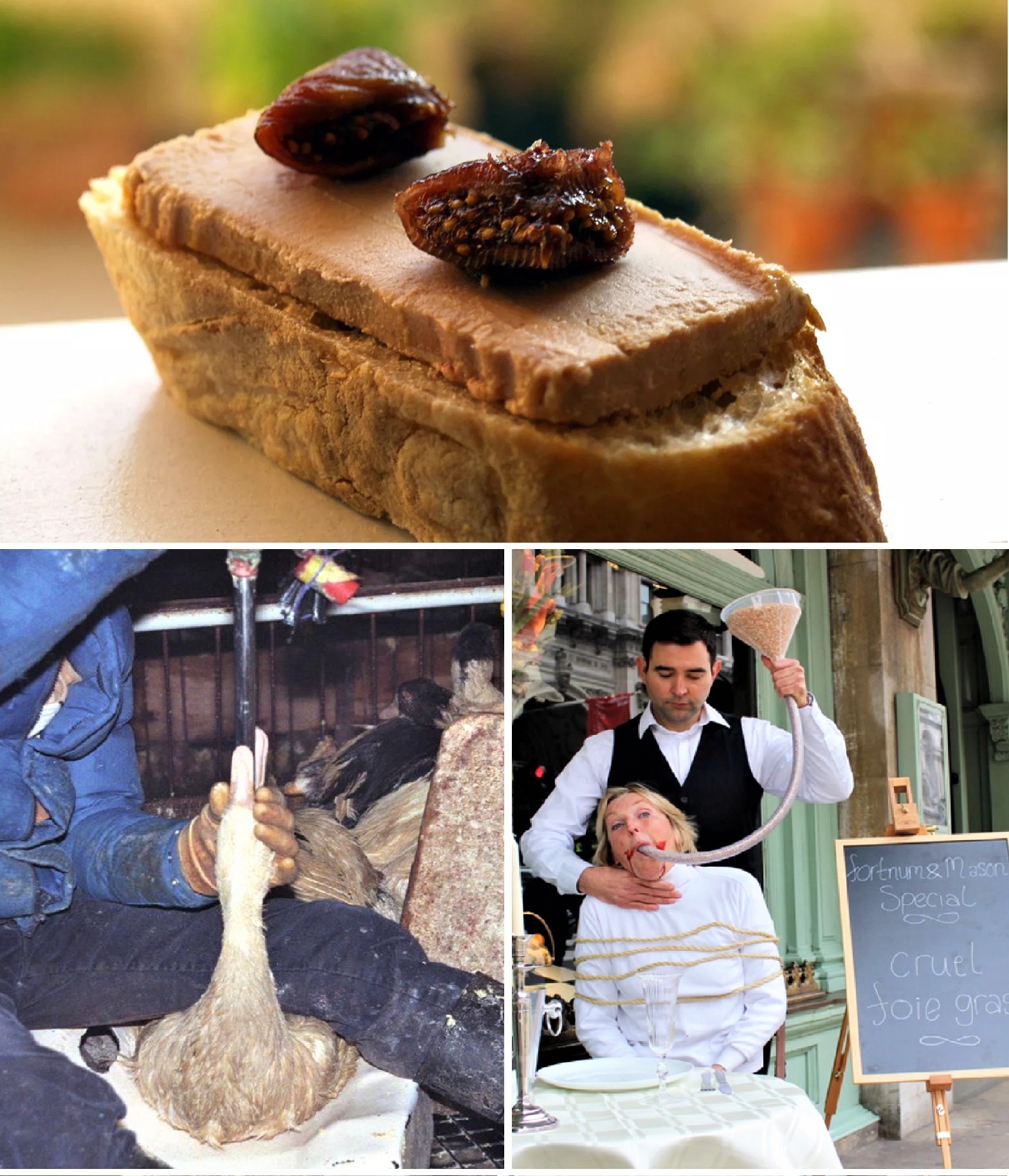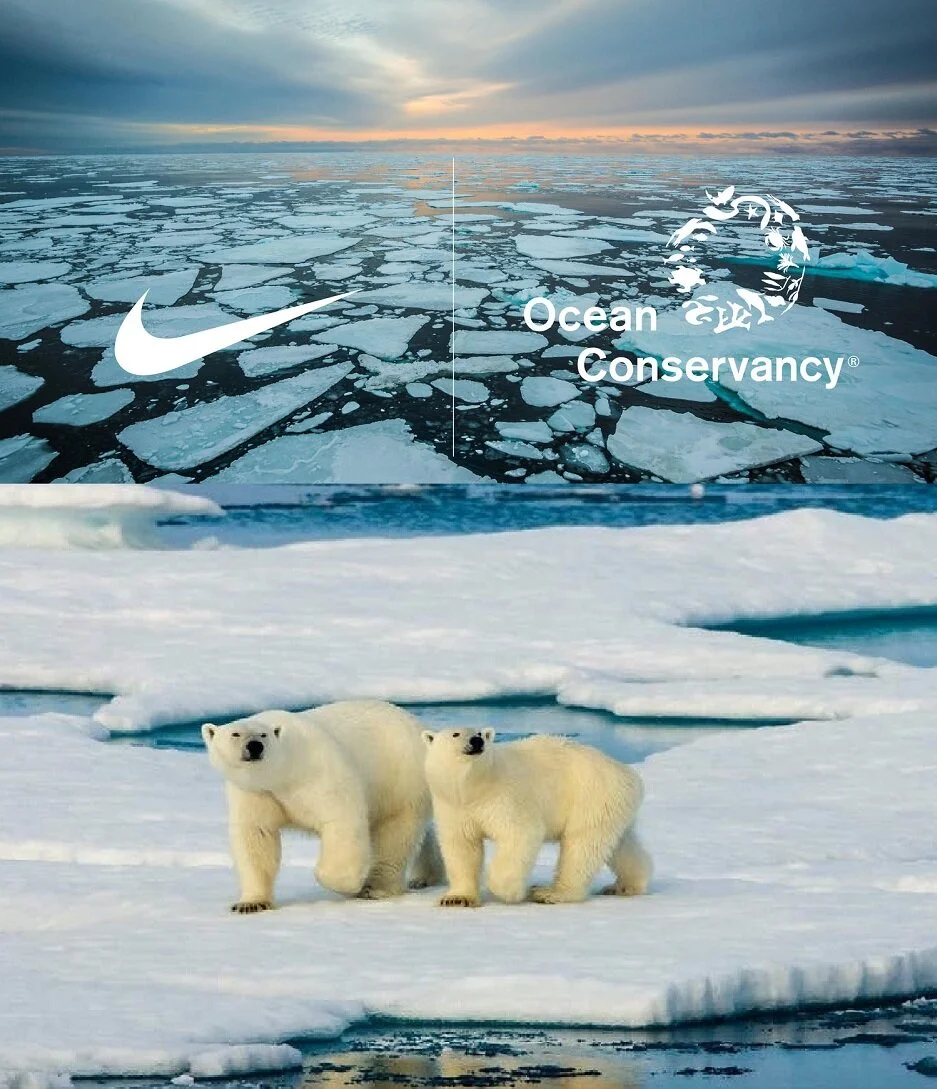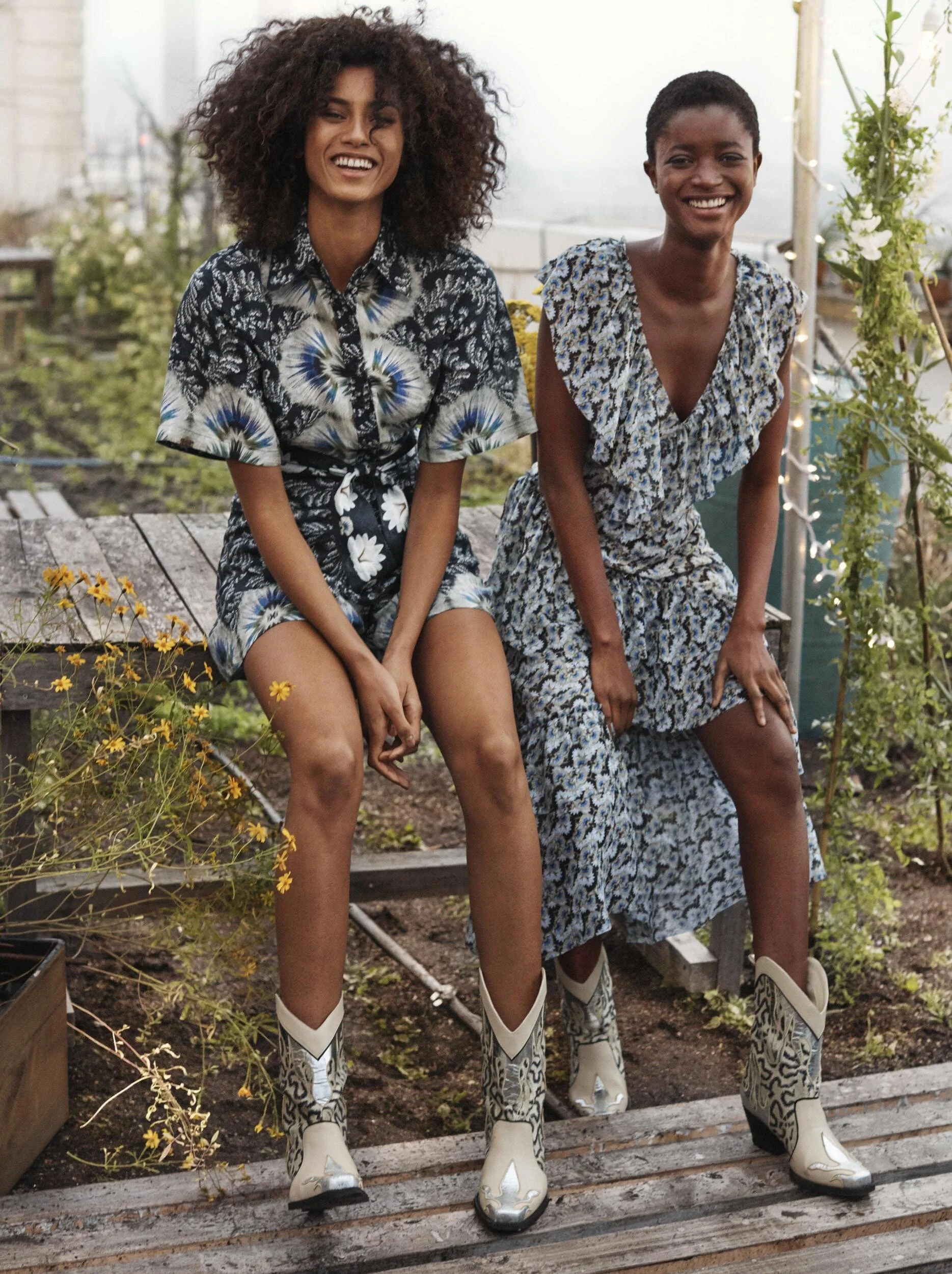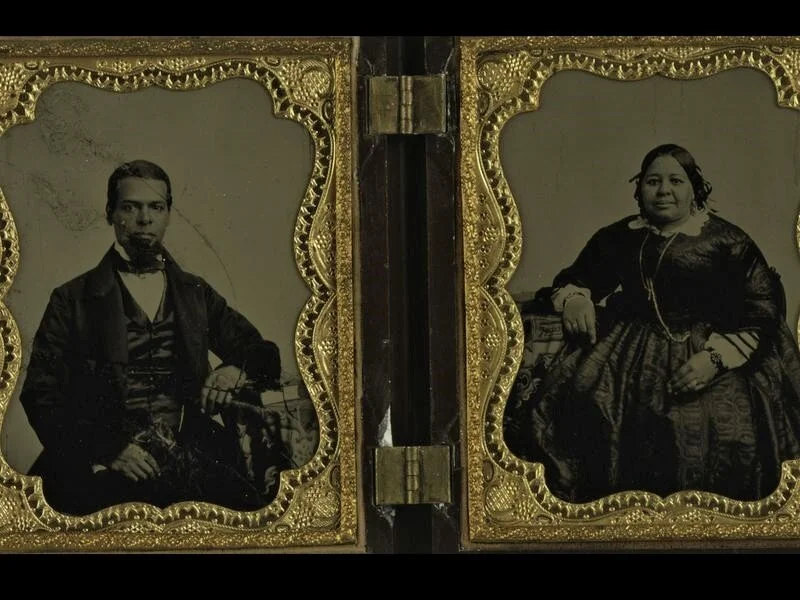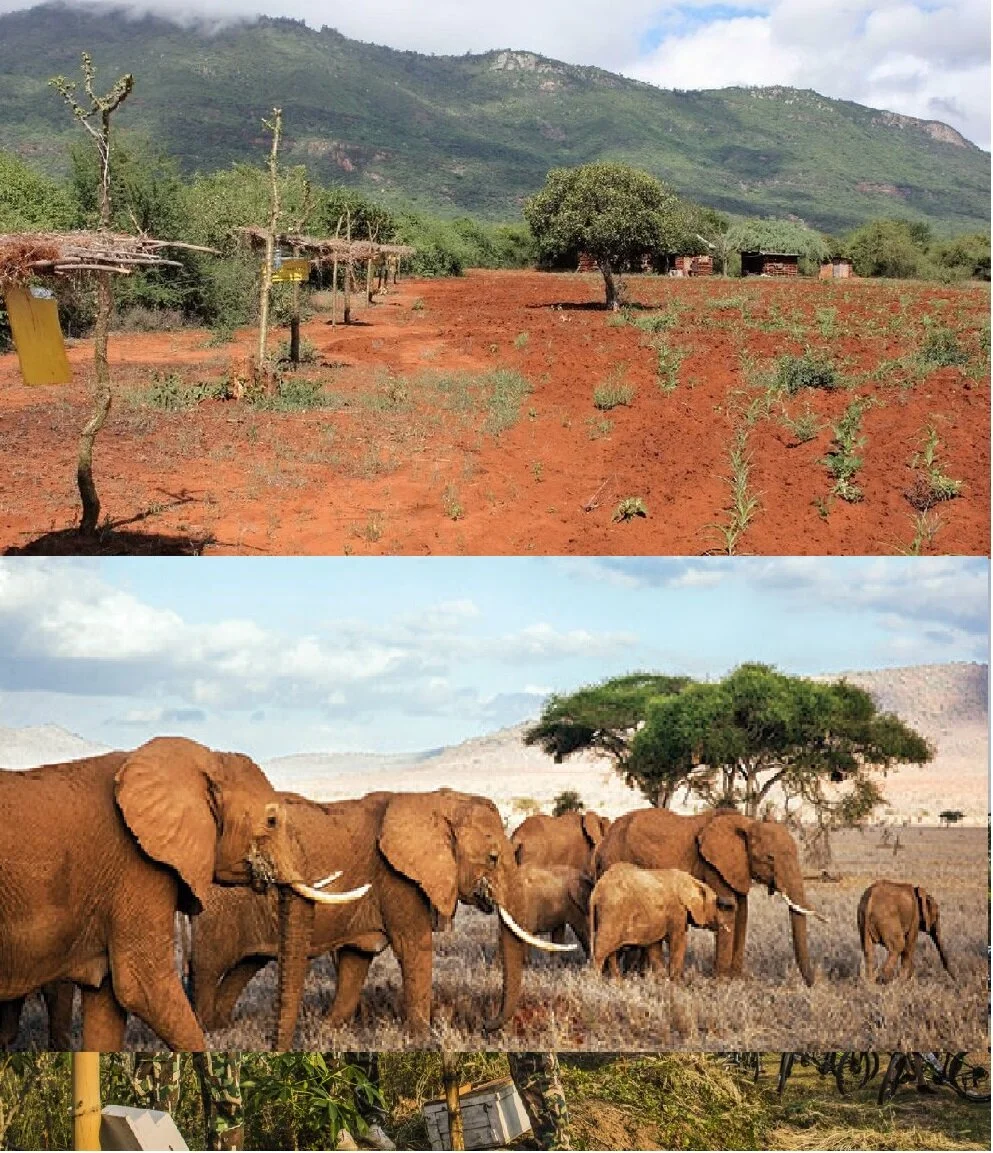Frida Kahlo 'Portrait of a Lady in White' Sells for $5.8 Million at Christies Latin America
/Frida Kahlo, Portrait of a Lady in White (c. 1929). Courtesy of Christie's Images Ltd. via ArtNet
Frida Kahlo’s ‘Portrait of a Lady in White’ (c. 1929) carried a pre-auction estimate of $3 -$5 million. The painting sold Wednesday at Christie’s Latin American art sale in New York for more than $5.8 million, making it the second-highest price ever paid for a Frida Kahlo painting. Her ‘Dos Desnudos en el Bosque (La Tierra Misma)’ (1939) sold for over $8 million at Christie’s in 2016
A visitor looks at “Portrait of a Lady in White” at the Frida Kahlo Retrospective at Martin-Gropius-Bau on April 29, 2010 in Berlin. Courtesy of Sean Gallup via ArtNet.
The painting has been maintained in private collections, most recently the collection of Dr. Helga Prignitz-Poda, a Kahlo scholar. One of Kahlo’s few oil paintings, “Recent research suggests that the subject of the portrait is Kahlo’s high school friend Elena Boder, a Russian émigré and an influential doctor. It was previously believed that the sitter was Kahlo’s American friend Dorothy Brown Fox.” writes Forbes.







